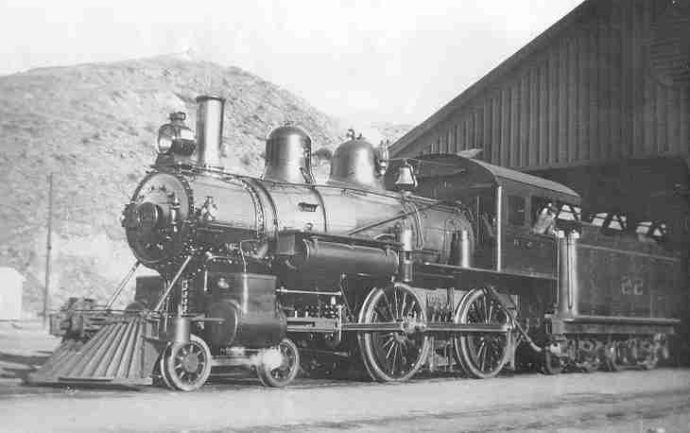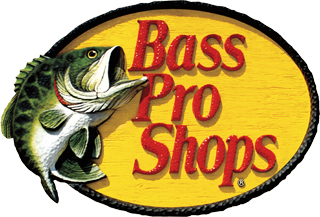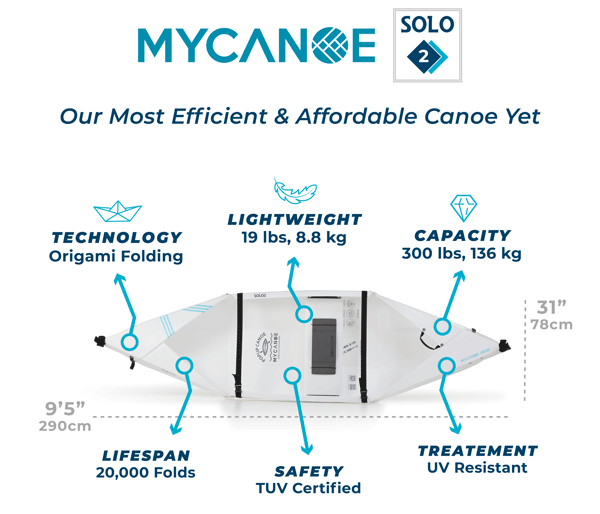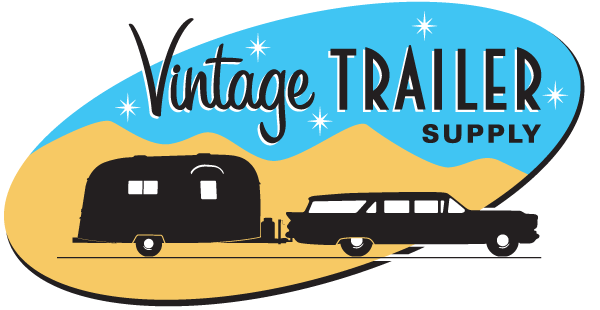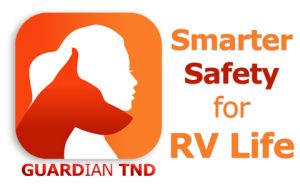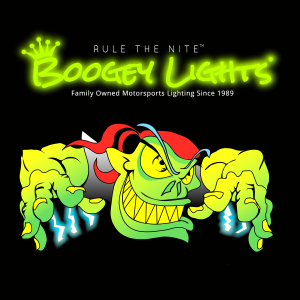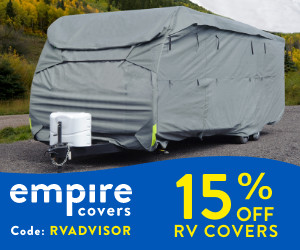The railroads created our national parks. In 1872, Northern Pacific Railway and others lobbied congress successfully to create Yellowstone National Park. National parks make a lot of money. According to the National Park Conservation Association, in 2015 national park tourism ignited $32 billion for the economy. National parks are enormous money makers. Back in 1875, the big railroad companies of America like Northern Pacific, Southern Pacific and Great Northern Railway recognized this potential goldmine.
The big railroad companies at the time, saw many advantages of national parks. Tourism is a big one. Railroad construction increased dramatically in the 1870s. At that time, the railroad’s only purpose was transporting cargo coast to coast. Travel was not that common because there was no reason to travel to much of the country. Besides mining for gold or digging for oil, there was no reason to travel to most of America. By creating these spectacular gardens of Eden we call our national parks, suddenly many city slickers from the east would have a reason to board a train and travel to Yosemite or Yellowstone.
In fact, in the late 1890s and early 1900s, railroads advertised the beautiful national parks that the trains drove through. Union Pacific called itself the “World’s Pictorial Line”. In 1903, Union Pacific advertised trips to Yellowstone National Park. UnionPacificRailroadMuseum
Tourism
Tourism is the obvious reason that railroads would have encouraged the creation of national parks, but there were plenty of other benefits that national parks brought to railroads. For instance, conservation of the forest, like Sequoia and Yosemite, would protect the park’s watersheds, which would in turn, make the valleys below, in which the railroads invested in, very profitable.
The more people that went to national parks, the more passengers on the trains. In 1875, the trains to Utah or Idaho were not very crowded. Compelling social interest in national parks inspired individuals to go to these remote locations in America.
“From its beginnings, the National Park System has had an important and dynamic relationship with tourism. Well before the establishment of the National Park Service (NPS) in 1916, railroad companies and lodging operators brought visitors and commerce to parks and gateway communities. Today, as tourism and destination management grow in scale and complexity, the National Park Service works with the travel and tourism sector to manage responsible tourism that supports conservation and preservation, provides high-quality visitor experiences, and contributes to community vitality.” NPS
See America First
Before World War I, Americans were spending $500 million a year visiting Europe. The railroad companies of America wanted this business. As a result, Great Northern Railroad conducted an enormous advertising campaign. On every brochure and advertisement, the railroad requested Americans to “See America First.” The “See America First” slogan was primarily aimed at wealthy Americans on the East coast, who spent hundreds of millions of dollars a year traveling through Europe.
In the early 1900s, the big national railroad companies used our spectacular national parks in their advertisements. When World War I broke out, and overseas traveling was blocked, the big railroad companies were given a great opportunity. Americans could not travel anywhere else. Instead of traveling overseas, railroads implored Americans to “See America First”. National parks were the most effective tools for railroads to accomplish this. The Great Northern, for example, promoted the Glacial National Park as “America’s Switzerland”. Why travel overseas to Switzerland, when you have as spectacular mountains and even comparable skiing in your backyard?
The powerful railroad barons of the time also helped create national parks
Even during World War I, the big railroad companies ran tours illustrating the beauty, mystery and charm that our national parks have to offer. A group of Blackfeet Native Americans toured the United States on the trains, performing elaborate war dances. Huge crowds gathered at the station to watch the performances. The powerful railroad barons of the time used their political influence to persuade congress to create as many national parks as possible. For example, the Northern Pacific was the driving force behind the creation of Yellowstone National Park and Mount Rainier National Park. The Southern Pacific has been credited for the creation of Yosemite National Park, Sequoia National Park and Crater Lake National Park.
Conservation
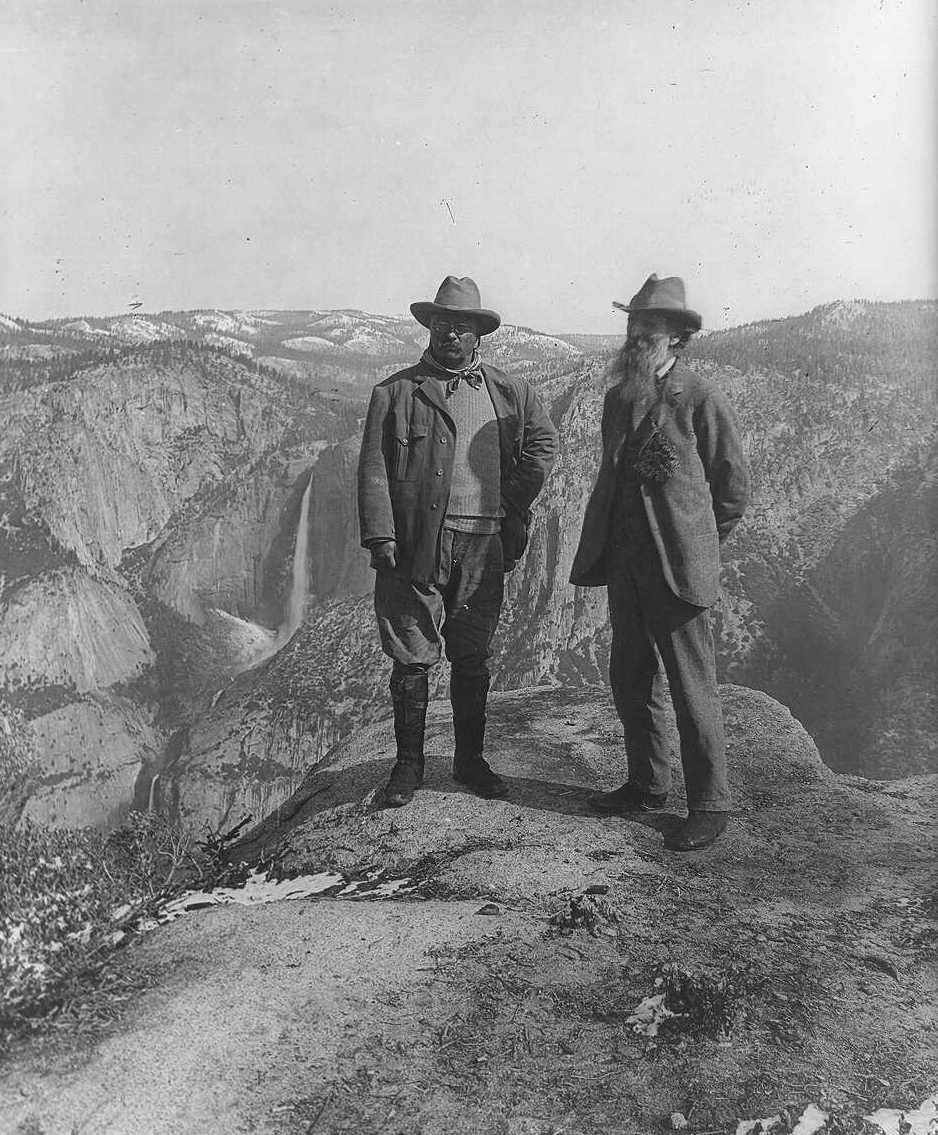
The Antiquities Act
The Antiquities Act of 1906 allowed the president of the United States to protect “historic landmarks, historic preservation structures, and other objects of scientific interest”. Within a single year, Roosevelt created seven national monuments by executive order. Roosevelt’s legacy was five national parks, 18 national monuments, 150 national forests, 51 bird reservations and four national game reserves.
Meanwhile, the railroad used this passion of conservation to convince American’s to ride their trains and visit these magnificent places. While America became a super power, the railroad reminded America of the spectacular wilderness that it had.
Summary
As late as the 1850s, much of America west of the Mississippi was unexplored. Railroads made an enormous investment in this uncharted territory. The railroads needed to prove to investors that they would see profits. But much of this uncharted territory consisted of steep slopes and land that settlements could not be built on. Enormous areas like Yosemite or Yellowstone, might have been breathtaking to admire, but really did not serve any social purpose. By sponsoring these parks in the west, railroads were able to attract passengers and investors. In an attempt to fill those empty seats with passengers, railroads began selling the magnificent scenery their trains passed. In 1903 Union Pacific started advertising trips to Yellowstone National Park. As a result, it was not long until the railroads began lobbying congress to create more national parks. UnionPacificRailroadMuseum

